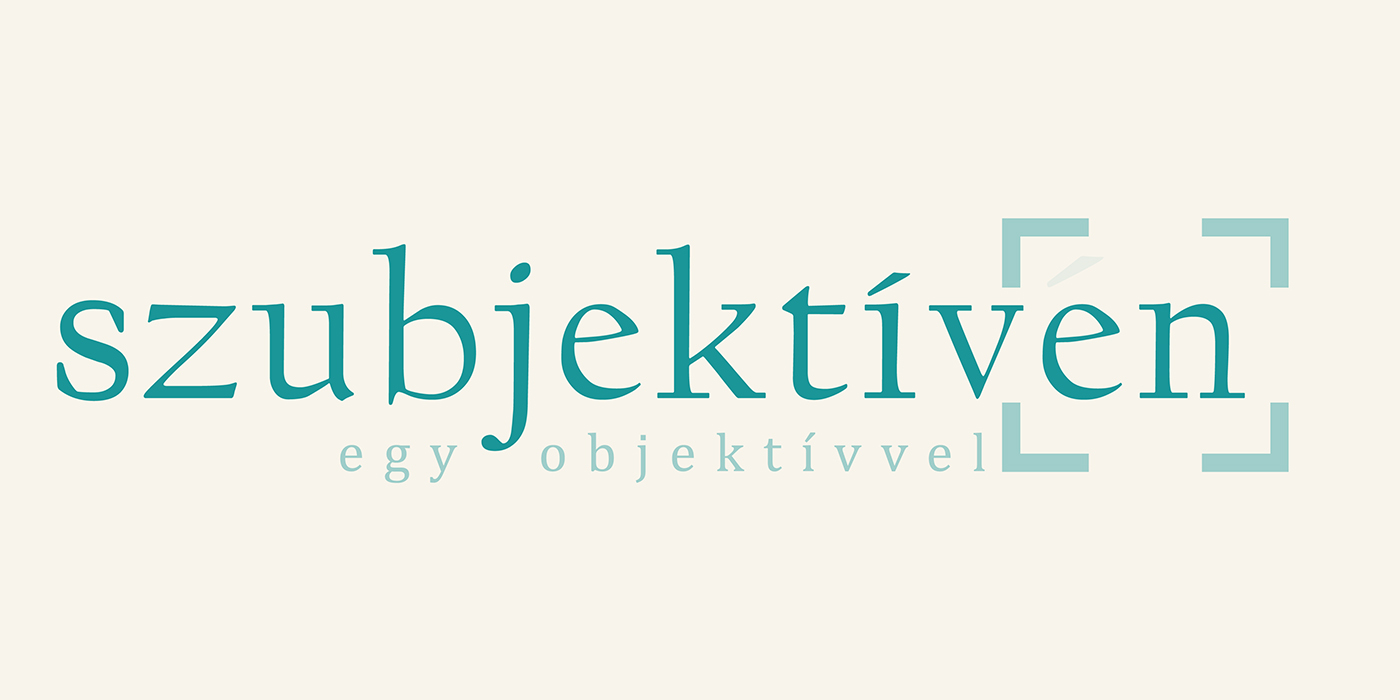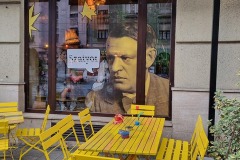What does Photo therapy mean?
The subjective photo walk is not a photo therapy, but an activity for mentally healthy people, primarily aimed at self-discovery, self-awareness, an art form of self-expression.
More information about the Photo Walk
Thoughts about the Subjective Photo Walk
Judy Weiser‘s book “PhotoTherapy Techniques: Exploring the Secrets of Personal Snapshots and Family Albums” is a comprehensive account of the essence of photo therapy.
Briefly summarizing in the words of Judy Weiser: „PhotoTherapy is best viewed as an interrelated system of photo-based counselling techniques used by trained mental health professionals as part of their therapeutic practice while helping clients consciously probe, and subsequently cognitively reintegrate, their photo-precipitated insights in order to better understand and improve their life. Since these techniques are about photography as emotional communication, rather than photography as art, no prior experience with cameras or the photographic arts is needed. All these techniques can be particularly successful with people for whom verbal communication is difficult for physical, mental, or emotional reasons.” *(link and source below)
Applied phototherapy techniques:
- Photos which have been taken or created by clients, whether actually using a camera to make the picture, or “taking” (appropriating) other people’s images through gathering photos from magazines, postcards, Internet images, digital manipulation, and so forth.
- Photos which have been taken of clients by other people
- Clients’ Self-portraits, which means any kind of photos that clients have made of themselves
- Clients’ Family albums and other photo-biographical collections
- Clients’ Photo-Projective Interactions, which explains how the meaning of any photo is primarily created by its viewer during their process of looking at, taking, or even just planning it. This reflects the projective process arising from inside their own unconscious inner map of reality, which determines how they make sense of what they see. Therefore this technique relates to all photos because it is about how people interact with them.
The Secret Lives of Personal Snapshots and Family Photographs
As described by the author: “Every snapshot a person takes or keeps is also a type of self-portrait, a kind of mirror-with-memory reflecting back those moments and people that were special enough to be frozen in time forever. Collectively, these photos make visible the ongoing stories of that person’s life, serving as visual footprints marking where they have been (emotionally, as well as physically) and also perhaps signalling where they might next be heading. Even people’s reactions to postcards, magazine pictures, online images, or snapshots taken by others can provide illuminating clues to their own inner life and its secrets.
The actual meaning of any photograph lies less in its visual facts and more in what these details evoke inside the mind (and heart) of each viewer — including the person who took it or who appears in it. While looking at a snapshot, people actually spontaneously create the meaning that they think is coming from that photo itself, and this may or may not be the meaning that the photographer originally intended to convey.
Thus, its meaning (and emotional message) is dependent upon who is doing the looking, because people’s perceptions and unique life experiences automatically frame and define what they see as being real. Therefore, people’s reactions to photographs they feel are special can actually reveal a lot about themselves, if only the right kinds of questions are asked. *(link and source below)
How Therapists Use Photos to Help People Heal?
Based on her experience, Judy Weiser writes: „Most people take and keep photos without thinking much about the reasons why they do this. Yet, these permanent recordings of moments in time (so that they can be kept forever) can serve as natural bridges for accessing, exploring, and communicating about feelings and memories that were unconsciously embedded in them at the moment the shutter was pressed — along with any deeply-buried or long-forgotten issues these bring to light. During Therapy sessions, clients’ photos can serve as tangible symbolic self-constructs and metaphoric transitional objects that silently offer inner insight in ways that words alone cannot as fully represent or deconstruct.
Under the guidance of a therapist trained in PhotoTherapy techniques, clients explore what their own photos and family albums are about emotionally, in addition to what they show visually.”
Source: https://phototherapy-centre.com/





















